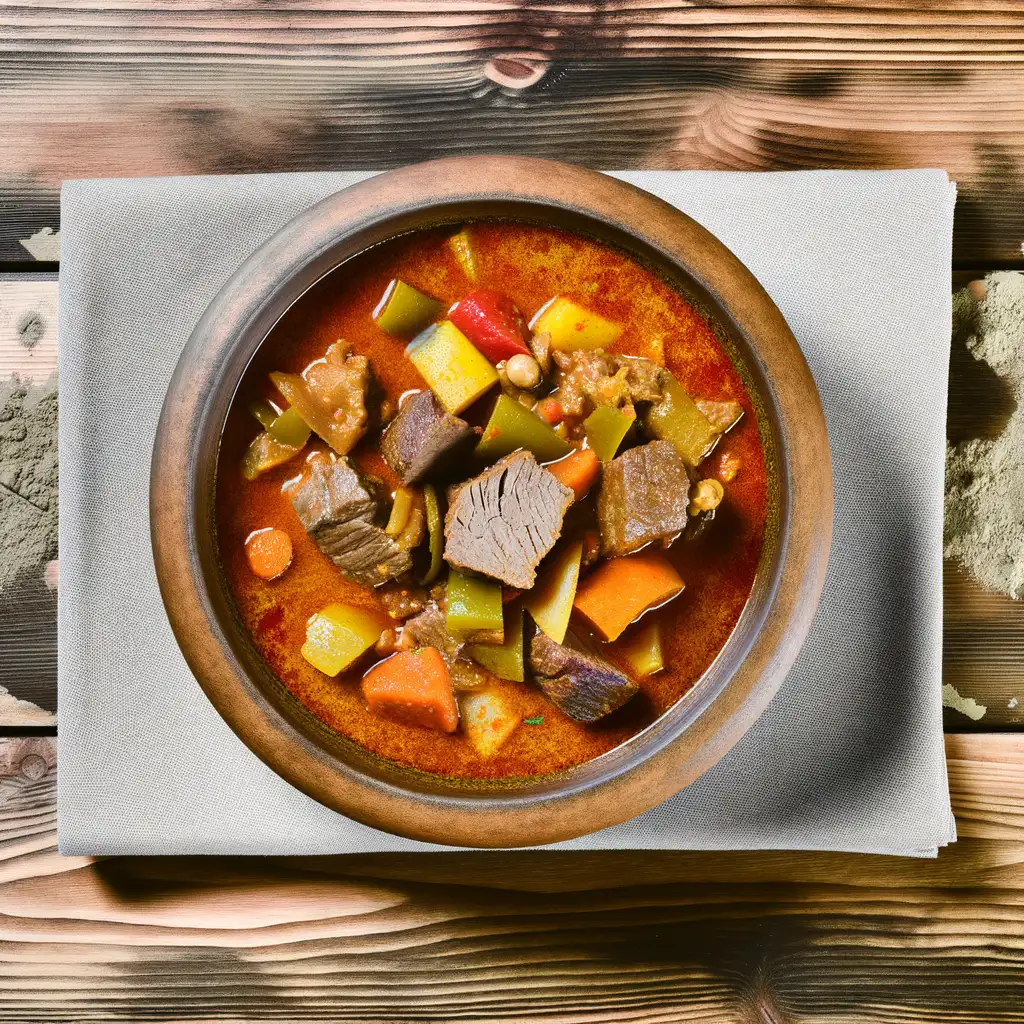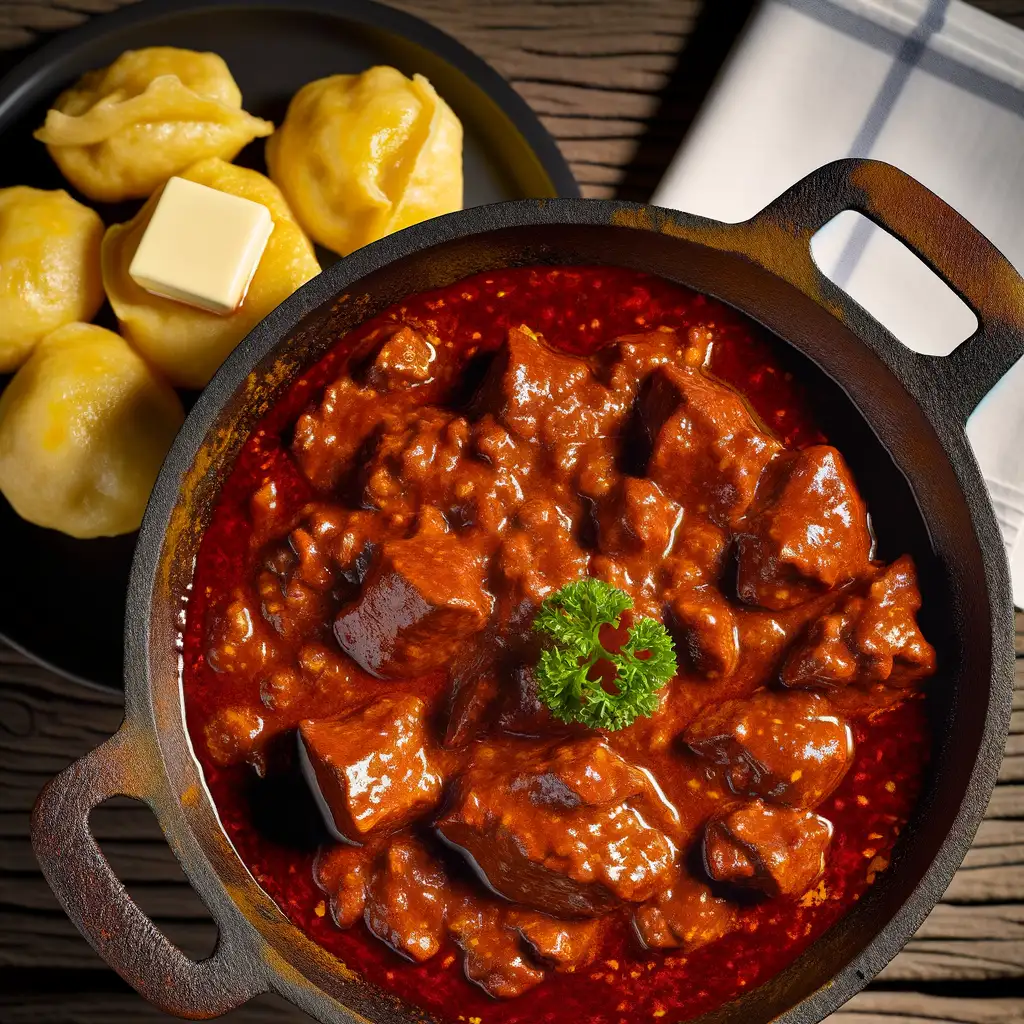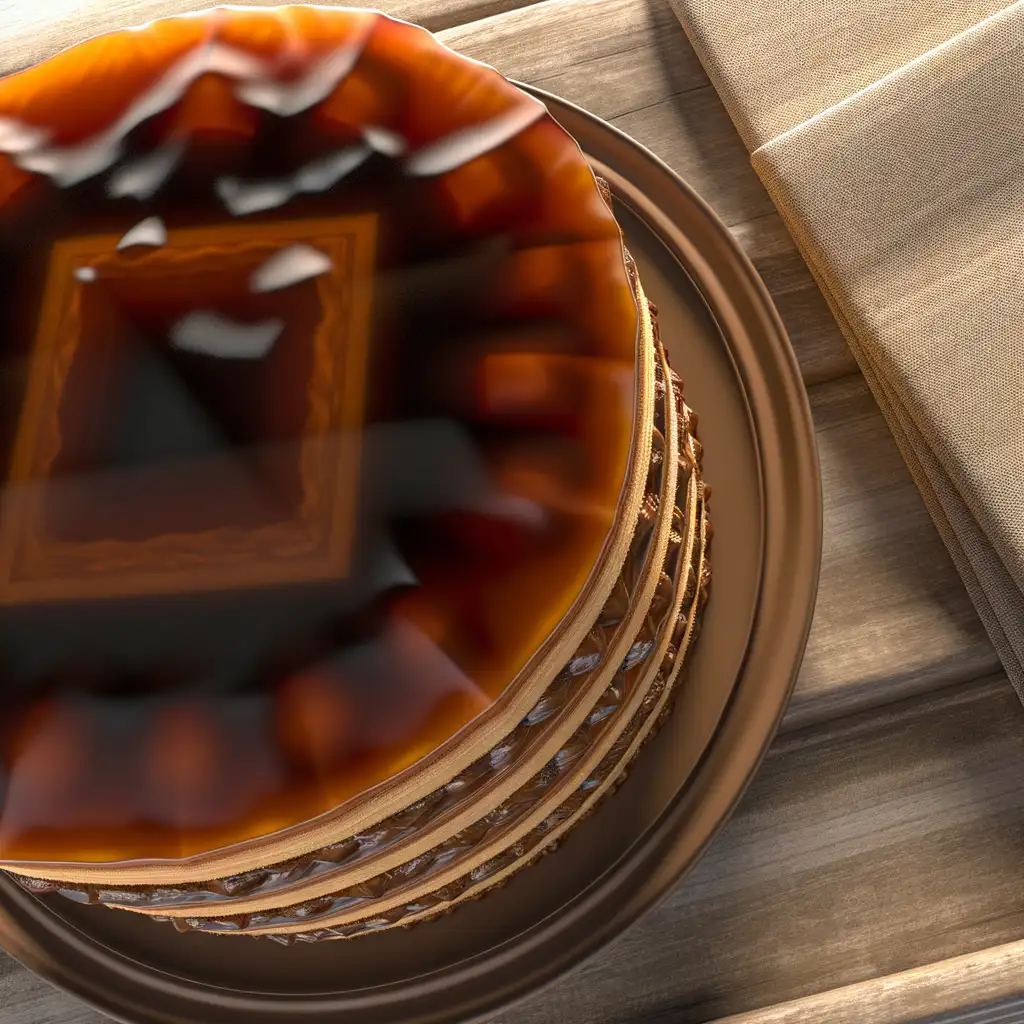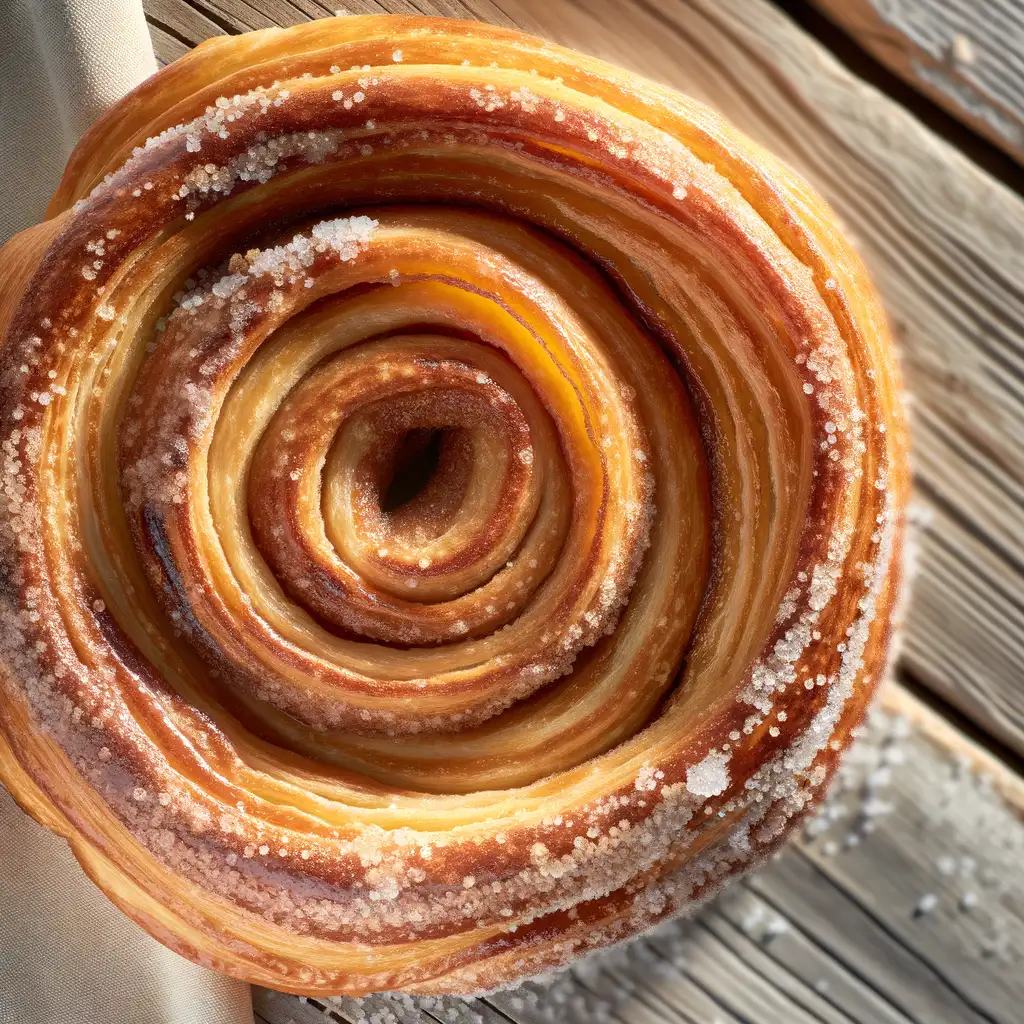



If you ever find yourself near Budapest,you absolutely have to carve out some time for Szentendre. The moment you step into this charming town,it feels like you’ve slipped into a colorful painting. The cobblestone streets wind lazily between pastel-hued houses,each one adorned with blooming flowers and quirky art galleries spilling their creativity onto the sidewalks. There’s a gentle hum of life here—street musicians strumming folk tunes,the clinking of coffee cups from cozy cafés,and the soft murmur of the Danube just a stone’s throw away. Walking through Szentendre,you’ll catch the scent of fresh pastries mingling with the earthy aroma of the nearby river. Stop by one of the local bakeries and try a túrós batyu—a sweet,creamy cheese pastry that feels like a warm hug in every bite. The town’s artistic soul is palpable; every corner seems to invite you to pause and soak in the vibrant murals,handcrafted ceramics,or the delicate glasswork that locals have perfected over generations. What really makes Szentendre special is its blend of old-world charm and lively culture. It’s a place where history whispers through the baroque architecture,yet the streets buzz with contemporary art festivals and bustling markets. Whether you’re wandering through the open-air museum or sipping wine in a sunlit courtyard,there’s a relaxed,welcoming energy that makes you want to linger just a little longer. Trust me,Szentendre isn’t just a stop on your trip—it’s a place that stays with you long after you leave.
The information on this page is currently being reviewed by Tripkliq and should be used as a guide only
Eng word: Hello
Eng pronunciation: See-ya
Local language: Szia
Eng word: Goodbye
Eng pronunciation: Vees-laht
Local language: Viszlát
Eng word: Thank you
Eng pronunciation: Kuh-suh-nuhm
Local language: Köszönöm
Eng word: How much
Eng pronunciation: Men-yee-beh keh-rool
Local language: Mennyibe kerül
Eng word: Toilet
Eng pronunciation: Vay-tsay
Local language: WC
Eng word: Help me
Eng pronunciation: Sheg-eet-sheg
Local language: Segítség
Eng word: Yes
Eng pronunciation: Ee-gen
Local language: Igen
Eng word: No
Eng pronunciation: Nem
Local language: Nem
Eng word: Excuse me
Eng pronunciation: El-ney-zesht
Local language: Elnézést
Szentendre was originally a Roman settlement known as Ulcisia Castra, meaning 'Wolf Castle.' The town's history dates back to the 1st century AD, showcasing its long-standing significance in the region.
During the Middle Ages, Szentendre became an important market town. Its strategic location along the Danube River facilitated trade and commerce, contributing to its growth and prosperity.
In the 17th century, Szentendre became a refuge for Serbian settlers fleeing the Ottoman Empire. Their influence is still evident today in the town's architecture, churches, and cultural heritage.
Szentendre is renowned for its well-preserved Baroque architecture. The town's charming streets are lined with colorful buildings, many of which date back to the 18th century, offering a picturesque setting for visitors.
In the early 20th century, Szentendre became a hub for artists and creatives. The town's picturesque scenery and tranquil atmosphere attracted numerous painters, sculptors, and writers, establishing it as an important art colony.
Founded in 1967, the Szentendre Open-Air Ethnographic Museum is one of Hungary's largest and most significant ethnographic museums. It showcases traditional Hungarian village life through reconstructed buildings and exhibits.
Built in 1752, the Blagovestenska Church is one of Szentendre's most iconic landmarks. This Serbian Orthodox church is known for its stunning Baroque architecture and richly decorated interior.
The Margit Kovács Ceramic Museum is dedicated to the works of Margit Kovács, a renowned Hungarian ceramic artist. The museum houses an extensive collection of her unique and expressive ceramic sculptures.
Szentendre Island, located in the Danube River, is a popular recreational area. The island offers beautiful natural landscapes, walking trails, and opportunities for water sports, making it a favorite spot for both locals and tourists.
In Szentendre, the most common Power Adaptor is Type C, Type F.



A traditional Hungarian stew made with beef, vegetables, and paprika, known for its rich flavor and hearty ingredients.

A meat stew, typically made with beef or pork, cooked slowly with onions, paprika, and other spices, served with dumplings or bread.

A deep-fried flatbread, often topped with sour cream and cheese, or garlic and other toppings. It's a popular street food in Hungary.



Also known as chimney cake, this sweet pastry is cooked on a spit and coated with sugar, cinnamon, or nuts, creating a crispy outer layer.

Stuffed cabbage rolls filled with a mixture of meat and rice, cooked in a savory tomato sauce.

A famous Hungarian cake made of layers of sponge cake, chocolate buttercream, and topped with a caramel layer.
Budapest feels like stepping into a storybook where history and modern life dance together effortlessly. The moment you stroll along the Danube River,with the majestic Parliament building glowing in the evening light,you sense a city that’s both grand and inviting. There’s a rhythm here—street musicians playing haunting melodies,the clinking of glasses in cozy ruin pubs,and the gentle splash of thermal baths that have been soothing locals for centuries. It’s a place where every corner whispers tales of empires past,yet pulses with youthful energy.
Wandering through the cobbled streets of the Castle District,you catch the scent of fresh pastries mingling with the earthy aroma of old stone walls. The vibrant markets buzz with vendors selling paprika,fresh bread,and sweet chimney cakes,tempting you to taste the rich flavors of Hungarian cuisine. Budapest’s character shines brightest in its contrasts:the elegant Art Nouveau cafés sit side by side with edgy street art,and the grand boulevards lead you to intimate courtyards where locals sip coffee and chat animatedly.
What makes Budapest truly unforgettable is how it wraps you in warmth—whether it’s the steamy embrace of a thermal bath on a chilly day or the friendly chatter in a bustling café. It’s a city that invites you to slow down,savor every moment,and discover stories hidden in its architecture,food,and people. Trust me,once you’ve felt Budapest’s pulse,you’ll carry a piece of it with you long after you leave.
Vienna feels like stepping into a living storybook where every street hums with history and charm. The moment you wander through its grand boulevards,you’re wrapped in a warm embrace of baroque architecture,cozy coffeehouses,and the gentle melodies of street musicians playing waltzes nearby. There’s a rhythm to the city — elegant yet inviting — where the past and present dance together effortlessly.
As you stroll along the Danube or through the lush gardens of Schönbrunn Palace,you catch the scent of freshly baked strudel mingling with the earthy aroma of roasted coffee beans from a nearby café. The city’s café culture is something special; sitting down with a slice of Sachertorte and a strong Viennese coffee feels like a small,delicious ritual. You’ll hear the soft clink of porcelain cups and the murmur of locals deep in conversation,making you feel instantly at home.
Vienna’s character is a blend of refined artistry and genuine warmth. It’s a place where grand opera houses and modern galleries coexist,and where the locals’ pride in their musical heritage is palpable. Whether you’re exploring the vibrant Naschmarkt with its colorful stalls or catching a live performance in a centuries-old concert hall,Vienna invites you to slow down,savor the moment,and soak in its timeless elegance.
If you find yourself wandering through Okres Bratislava II,you’ll quickly notice a unique blend of old-world charm and modern energy humming in the air. It’s the kind of place where leafy streets invite you to slow down,while cozy cafés spill the rich aroma of freshly brewed coffee onto the sidewalks. The vibe here is relaxed but alive,like the city is quietly inviting you to explore its layers at your own pace. You might catch the distant laughter of locals chatting in Slovak,mixed with the occasional clink of glasses from a nearby wine bar,creating a soundtrack that feels both intimate and vibrant.
Walking through the neighborhoods,you’ll see a fascinating mix of architecture—from elegant Art Nouveau buildings to sleek,contemporary designs—each telling a story of Bratislava’s evolving character. The parks are lush and inviting,perfect for a lazy afternoon picnic or a peaceful moment watching the world go by. And if you’re a foodie,you’re in for a treat:local markets burst with fresh produce,and small bistros serve up traditional Slovak dishes with a modern twist,filling the air with the comforting scent of paprika and fresh herbs.
What really makes Okres Bratislava II stand out is its warm,welcoming spirit. It’s a place where you can feel the pulse of everyday life—families strolling,artists sketching in the sun,and friends gathering for an evening of music and laughter. Visiting here isn’t just about seeing a new place; it’s about feeling connected to a community that’s quietly proud of its roots and excited about its future.
Imagine wandering through a city where the old world gently brushes against the new,and every corner hums with a quiet,inviting energy—that’s Zagreb. From the moment you step into its cobbled streets,you’re wrapped in a warm,lived-in charm. The air carries the scent of fresh coffee mingling with blooming linden trees,while the distant chatter from open-air cafés spills into the streets,inviting you to slow down and savor the moment. Zagreb doesn’t shout for attention; it welcomes you like an old friend,with a smile and a story.
The city’s character is a delightful blend of Austro-Hungarian elegance and vibrant Croatian spirit. Strolling through the Upper Town,you’ll catch glimpses of medieval towers and baroque facades,while the Lower Town buzzes with modern life—art galleries,quirky boutiques,and lively markets where you can taste local cheeses,honey,and the unmistakable sweetness of fresh figs. Music often drifts from street performers,adding a soundtrack to your exploration that feels both spontaneous and soulful.
What makes Zagreb truly special is its rhythm—unhurried yet alive. Whether you’re sipping a glass of robust Croatian wine in a cozy tavern or watching the sunset paint the rooftops in shades of gold and rose,there’s a sense of belonging here. It’s a city that invites you to not just see it,but to feel it,to become part of its story,even if just for a little while.
Prague feels like stepping into a storybook where every corner hums with history and charm. The moment you wander onto the cobblestone streets of the Old Town,you’re wrapped in a warm,timeless embrace. The air carries a mix of fresh-baked pastries and rich coffee from cozy cafés,mingling with the faint scent of aged wood and stone from centuries-old buildings. As you stroll across the iconic Charles Bridge,the soft murmur of the Vltava River below blends with the distant melodies of street musicians,creating a soundtrack that’s both lively and soothing.
What’s truly captivating about Prague is its effortless blend of old and new. Gothic spires and baroque facades stand proudly alongside vibrant street art and bustling markets. The city pulses with a creative energy,from the quirky art galleries tucked away in narrow alleys to the lively beer gardens where locals and travelers clink glasses over hearty Czech fare. There’s a genuine warmth in the way people share their culture,whether it’s through a friendly chat in a pub or an invitation to a traditional music performance.
At night,Prague transforms into a magical place where the city lights dance on the river’s surface and the aroma of roasted chestnuts fills the air. It’s a city that invites you to slow down,savor every moment,and get lost in its stories. Trust me,once you’ve experienced Prague’s unique rhythm and soul,it stays with you long after you’ve left.
If you wander into Belgrade,you’ll immediately feel its pulse—a lively mix of old-world charm and raw,youthful energy. The city hums with life,especially along the banks of the Danube and Sava rivers,where locals gather at quirky cafés and buzzing bars that spill out onto cobblestone streets. There’s a certain warmth in the air,a blend of roasted coffee,fresh pastries,and the faint,smoky aroma of grilled meats from nearby street vendors. It’s a place where history and modernity collide,with imposing fortress walls standing guard over vibrant street art and sleek,contemporary galleries.
Walking through Belgrade’s neighborhoods,you’ll hear a medley of languages and laughter,the clinking of glasses,and the occasional street musician strumming a guitar. The city’s character is unapologetically bold—Serbs are fiercely proud yet incredibly welcoming,eager to share stories over a glass of rakija or a hearty plate of ćevapi. The markets brim with fresh produce and homemade cheeses,inviting you to taste the authentic flavors of the region.
What makes Belgrade truly unforgettable is its spirit of resilience and celebration. Whether you’re exploring the bohemian district of Skadarlija with its lively taverns or watching the sunset from Kalemegdan Fortress,you’ll sense a city that’s constantly reinventing itself while holding tight to its roots. It’s a place that invites you to slow down,soak in the atmosphere,and become part of its ongoing story.
Tourists may be offered unfavorable exchange rates or counterfeit currency at unofficial exchange booths or by street vendors.
Some vendors may sell counterfeit art or antiques, claiming they are authentic Hungarian pieces, targeting tourists interested in local culture.
Scammers may pose as local guides offering tours, but provide little value or incorrect information while charging high fees.
Tourists may encounter shops selling souvenirs at inflated prices, especially in popular areas like the main square or near the Danube promenade.
Crowded tourist areas, such as the Szentendre main square or museums, may attract pickpockets targeting distracted visitors.
Certain restaurants may inflate bills or add hidden charges for tourists, such as charging for items like bread or water without prior notice.
Unlicensed or dishonest taxi drivers may overcharge tourists by taking longer routes or quoting excessive fares for short distances.
Hungary has strict drug laws, and the possession, use, or distribution of illegal drugs is a criminal offense. This includes cannabis and other recreational drugs. Penalties can be severe, including imprisonment. Tourists should be aware that drug laws are strictly enforced, and it is advisable to avoid any involvement with illegal substances.
In Szentendre, as in the rest of Hungary, smoking is prohibited in enclosed public spaces, including restaurants, bars, and public transportation. Smoking is also banned in playgrounds, underpasses, and within a 5-meter radius of the entrances to public buildings. Designated smoking areas are usually available in some outdoor spaces.
Vaping is subject to similar regulations as smoking in Hungary. It is prohibited in enclosed public spaces, public transportation, and within a 5-meter radius of public building entrances. Vaping is also not allowed in playgrounds and underpasses. Designated areas for vaping may be available in some outdoor spaces.
What are other people saying about Szentendre?
Recent Social posts about Szentendre
There is nothing to show you for now.